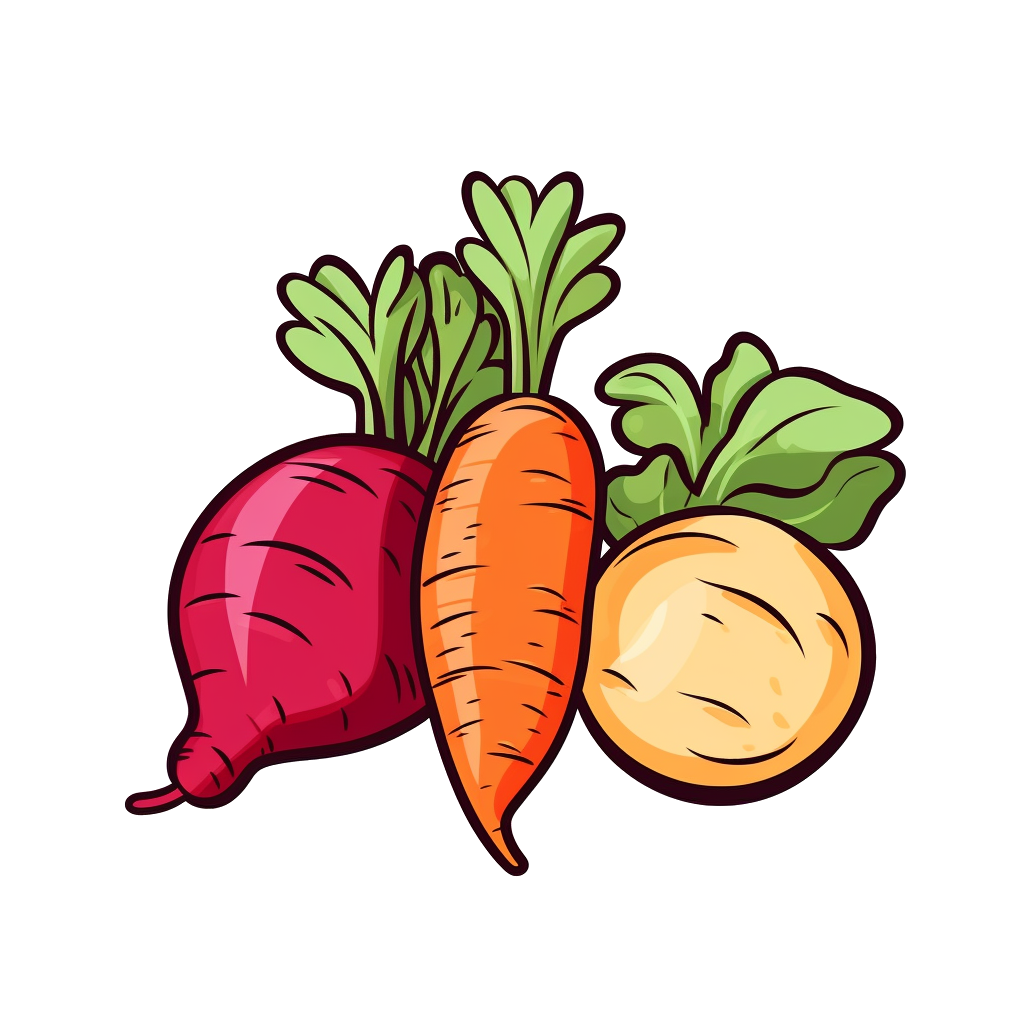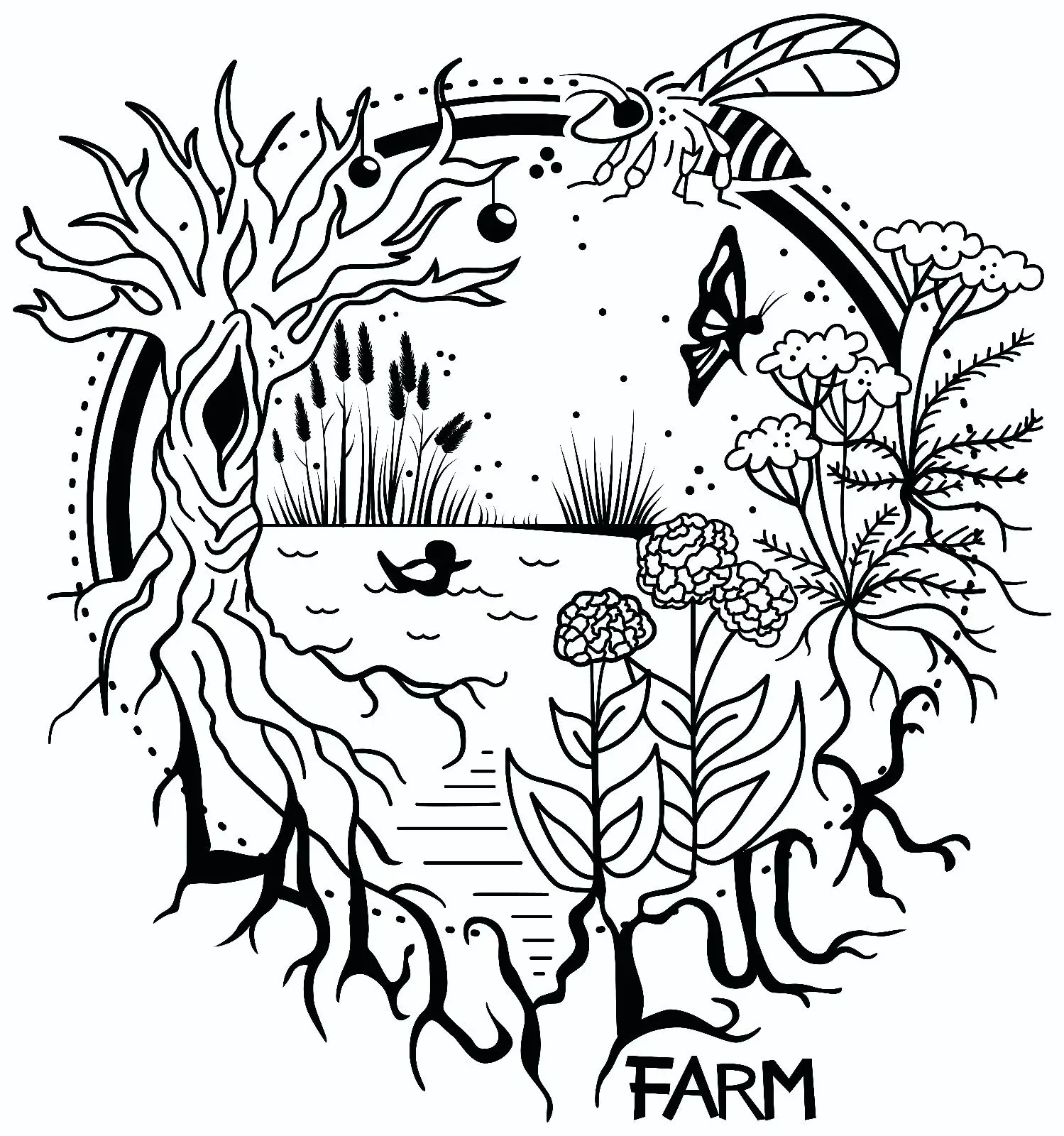Potential sources for them would also be appreciated. The weirder and more niche, the better. Edit: I’m in hardiness zone 13b
Some stuff I already have: Basil Mint Tomatoes Sage Lemongrass Marjoram Coleus caninus Cuban Oregano Passion Fruit Pumpkin Honeydew Avocado Cashew Coconut
Putting in a bioregion or something like a USDA zone (better if it’s Trewartha) would be very helpful for folks to know what to recommend. Here is a spreadsheet I made from the appendix in Edible Forest Gardens Vol. 2 if you would like too many options. This list is geared for the Northeastern US, so it is not exhaustive and may not apply to your circumstances.
Something I enjoy growing is Carolina Allspice, Calycanthus floridus. We strip and dry the bark for use as a cinnamon-y allspice type spice, whether grated or just used to stir a drink
Personally, I love citrus and fig trees. Figs are great because growing them is the only reliable way to get great ones
Which Köppen-Geiger or Trewartha climate zone? USDA hardiness zone 13b could be the Brazilian Amazon or the southern coast of Tamil Nadu or somewhere in Somalia… If I recommend mangosteen, and you live in Somalia, then I’m complicit in the death of the queen. Specific climate info please!
I think I’m somewhere around As for Koppen-Geiger
Asmeaning dry summer? Oof. Those droughts are the worst. Here’s a quick-and-dirty list. For the sake of easy management, I won’t list any vines or short-lived plants. Trees and shrubs and palms only. This is by no means exhaustive. No guarantees of accuracy.More Suitable
Depending on the exact temperatures and precipitation at your site, as well as the soil, these would probably do well.
- Adansonia digitata (savanna / dry forest)
- Anacolosa frutescens (mixed forest)
- Annona senegalensis (savanna / gallery forest)
- Antidesma bunius (mixed forest)
- Breynia androgyna (humid forest edge)
- Byrsonima crassifolia (savanna / open woodland)
- Canarium schweinfurthii (rainforest or gallery forest)
- Carissa macrocarpa (open woodland / scrub)
- Chrysophyllum lacourtianum (semi-deciduous forest)
- Citrus hystrix
- Citrus japonica
- Citrus × latifolia
- Citrus × limon ‘Improved Meyer’*
- Citrus × nobilis*
- Citrus × sinensis*
- Cordiera sessilis (gallery forest / savanna woodland)
- Dillenia indica (evergreen rainforest or gallery forest)
- Ficus carica* (dry forest / savanna)
- Flacourtia indica (dry forest)
- Garcinia xanthochymus (humid forest)
- Limonia acidissima
- Mangifera indica*
- Morinda citrifolia
- Morus macroura
- Mouriri guianensis (rainforest, mixed forest, savanna)
- Myrciaria tenella (seasonal forest)
- Pometia pinnata (open woodland / gallery forest)
- Pouteria gardneriana (gallery forest)
- Pouteria macrophylla (coastal moist forest)
- Pouteria venosa (savanna / dry forest / moist forest)
- Sclerocarya birrea subsp. caffra (dry forest / savanna woodland)
- Sonneratia caseolaris (tidal muck)
- Spondias dulcis (secondary forest / dry forest)
- Spondias purpurea (secondary forest / open woodland)
- Syzygium samarangense (rainforest or high water table)
- Terminalia catappa (dry forest / mixed forest)
- Ximenia americana (dry forest / scrub)
- Ziziphus mauritiana* (dry forest / savanna / scrub)
More Questionable
These plants might be suitable depending on the specific climate conditions at your site. Some of them would not do well with too much rain in the wet season, while others would always require irrigation in the dry season. Some of them could survive the climate just fine, but fruiting is questionable due to the wet and dry seasons being inverted. Many more plants native to
Awregions could probably be included here, but these seem (potentially)more suitable for dry summers.- Alibertia edulis (savanna / open woodland)
- Allagoptera arenaria (sand dunes / scrub / coastal forest)
- Allagoptera caudescens (savanna / open woodland)
- Annona squamosa* (secondary forest / open woodland)
- Ardisia compressa (humid forest)
- Artocarpus heterophyllus* (rainforest / gallery forest)
- Canarium album (mixed forest)
- Ceratonia siliqua (dry forest)
- Dovyalis caffra (savanna / scrub / open woodland)
- Eugenia luschnathiana (deciduous forest / open woodland)
- Flacourtia jangomas (mixed forest)
- Genipa americana (moist forest / gallery forest)
- Inga spectabilis* (moist forest / gallery forest)
- Malpighia emarginata (moist forest)
- Manilkara zapota* (moist forest / gallery forest)
- Morus alba
- Nauclea xanthoxylon (high water table)
- Nephelium lappaceum (moist forest)
- Nephelium ramboutan-ake* (moist forest)
- Opuntia ficus-indica (open drylands)
- Plinia cauliflora × aureana
- Porcelia macrocarpa (secondary/seasonal moist forest)
- Pouteria grandiflora (secondary/seasonal moist forest)
- Punica granatum (steppe / dry forest)
- Syzygium aqueum (moist forest / gallery forest)
- Syzygium jambos (moist forest / gallery foret)
- Vangueria madagascariensis (open woodland)
* highly recommended if your conditions are suitable
Without knowing where you are, I can’t recommend any seed/plant sources, but feel free to ask for more information about any of the plants that I listed. I also recommend these resources for information about food forests, especially in your climate.



